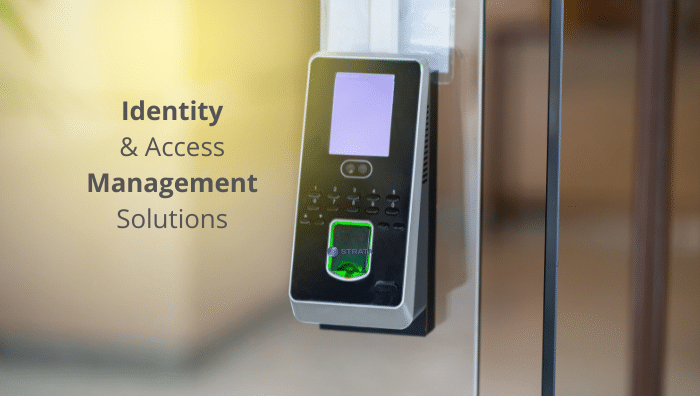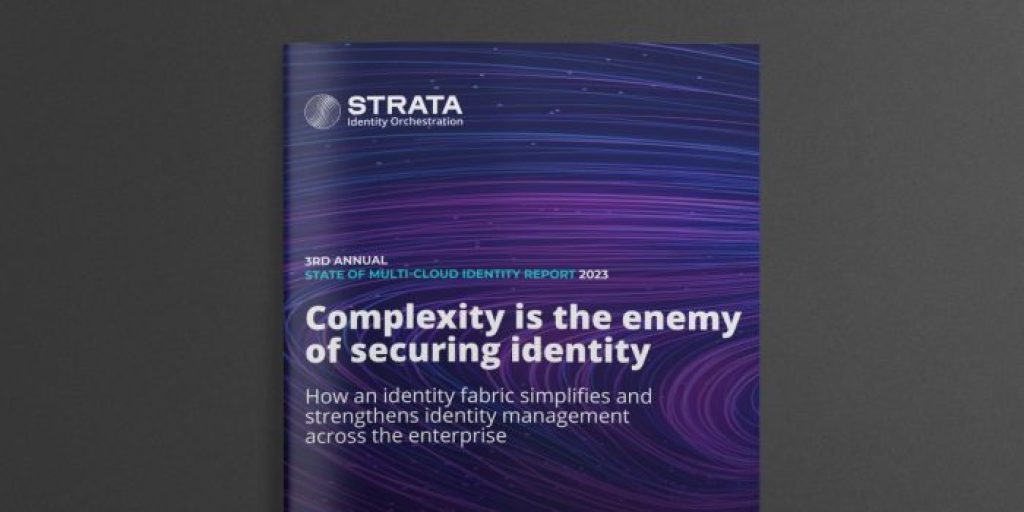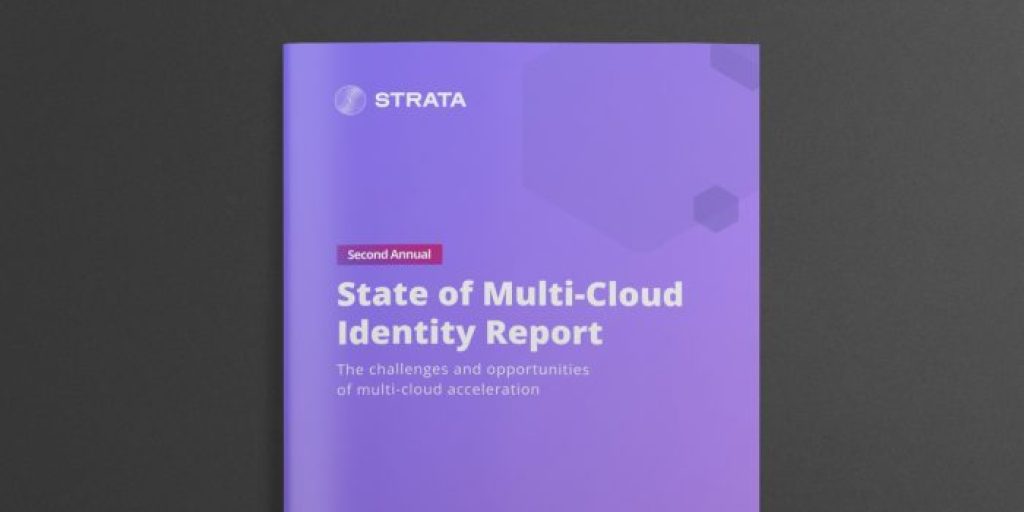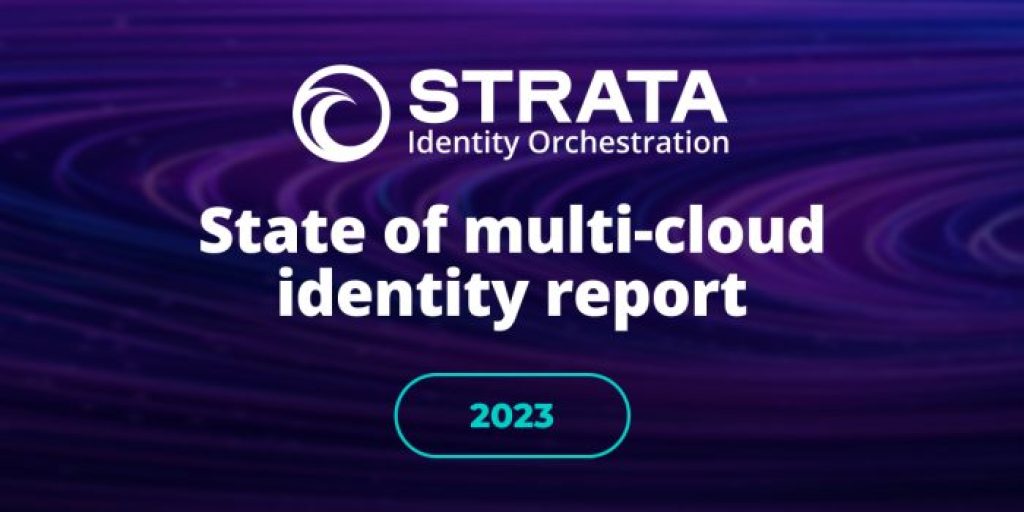Identity & Access Management (IAM) Solutions for Multi-Cloud

Identity and access management (IAM) has been around since the dawn of the computing age. Although the term was once synonymous with the network, IAM and identity and access management solutions are now integral to the cloud and all applications running on them.
Today, most organizations don’t operate on one cloud, but multiple clouds. Multi-cloud allows for more flexibility, redundancy in case of an outage, and the ability to use the best technology available regardless of where it resides in cloudland. However, multi-cloud also makes finding the right identity and access management solutions more complicated.
We’ll explore what identity management for the cloud is, the impact of the explosive growth of cloud platforms and cloud applications, as well as the types of identity and access management solutions that you should have to thrive in the multi-cloud world.
What is identity & access management?
Identity and access management (IAM), as defined by CSOonline, is a framework of business processes, policies, and technologies that facilitates the management of electronic or digital identities.
IAM allows IT teams to manage and control end-user access through authentication structures that ensure that only the right people in their organization can view the appropriate information for their role. So, it would be an understatement to say it’s a pretty big deal.
As enterprises increasingly move to the cloud or multi-cloud, the need for newer and more advanced identity and access management solutions to meet the needs across both private and public cloud environments is also gaining intensity. Yet, while the cloud force is strong and will be the only way in the coming years, most organizations still have on-premises applications that will be around for the foreseeable future.
Challenges of IAM in multi-cloud
Having to manage today’s hybrid reality of cloud and on-premises wasn’t well-planned by most companies. It’s akin to building an entire city’s worth of housing and office buildings without the proper infrastructure to support it. And more and more buildings get added. Then the city is a tangled mess of people and things that can’t go anywhere, and progress gets stuck.
That’s what is happening when apps get piled on to an aging identity system along with additional clouds. The proliferation of applications adds to the complexity of managing identities across newer and aging platforms at the same time. Companies have different applications that may run on Amazon, Google, or Microsoft cloud platforms.
One application may be written for the AWS platform and another for GCP to allow the app to take advantage of that platform’s particular strengths or unique characteristics. Centralization isn’t an option. Consequently, user identities are distributed across multiple clouds to provide appropriate user access for separate applications in complex environments.
Types of identity & access management solutions
There are different types of solutions encompassed under the identity and access management solutions product category. Common solutions include two-factor authentication (2FA), multi-factor authentication (MFA), privileged access management, and single sign-on (SSO).
SSO – Single Sign On
Traditional SSO solutions allow access to apps that are integrated with a single identity system. However, there is now a need to manage identities across multiple cloud platforms. Multi-cloud identity management requires that user policies be defined and enforced across all domains, both cloud, and legacy.
2FA (Two-factor authentication)
Two-factor authentication is an improved method over SSO for a more secure way to authenticate a user. 2FA requires the user to prove their identity through something they have and something they are, such as answering a security question as well as a password.
MFA (Multi-factor authentication)
Multi-factor authentication takes 2FA a step further with multiple ways that the user has to provide assurance that they are who they say they are before accessing a program, app, or secure website. Often the things are a set of digits from a code generator on their mobile device or biometric information (facial recognition of a fingerprint).
PAM (Privileged Access Management)
Privileged Access Management is a sub-component of Identity and Access Management. PAM starts with the premise of granting a minimum level of access to all employees. Privileged access means that some employees will then be granted higher levels of access where necessary. Superusers, for example, who need to manage systems, data, and applications will be granted privileged access.
Which identity & access management solution do you need?
With so many IAM options, questions about which security solution will work best in multi-cloud environments and multi-cloud combined with legacy environments. Some solutions focus on user access alone, while others focus on single sign-on.
Modern IAM solutions must have the ability to extend secure access across legacy and cloud apps by linking the same identities so that any changes in access will be mirrored across both systems. This approach lessons administrator fatigue and prevents users from getting too much access to applications or data where it’s not needed.
It also helps control the number of users that have access to applications across the network including partners and contractors who may only need temporary access.
As you evaluate and review multi-cloud identity and access management solutions, you’ll want to ask yourself these questions:
- Am I using an antiquated SSO solution that cannot interoperate between on-premises and cloud applications? If so, does it make sense to start looking for alternate solutions that can better serve your organization’s security needs? The chances are pretty good that you’re looking to rewrite on-premises applications for the cloud and partly because of IAM concerns.
- How does our organization currently manage identities across multiple clouds and legacy apps? Are you trying to manage identities manually across each cloud system and on your legacy applications? If this is the case, then your team is probably running faster and faster to keep up with the demands of maintaining security across all these environments.
- What is your compliance posture and are there growing concerns with data security in an expanding multi-cloud environment?
Compliance is an ongoing challenge as the number of identities grows across multi-cloud and legacy environments. Who has access to what applications and data? Demonstrating compliance is made more difficult when there is an increased opportunity for attack.
Multi-cloud environments are here to stay and identifying cross-cloud security solutions that can span legacy and cloud applications to manage identities is necessary. Companies that can securely bridge these two worlds in a multi-cloud environment will provide the greatest versatility and advantage to their customers.
Get your questions answered and learn a new approach to managing identities in multi-cloud environments.



